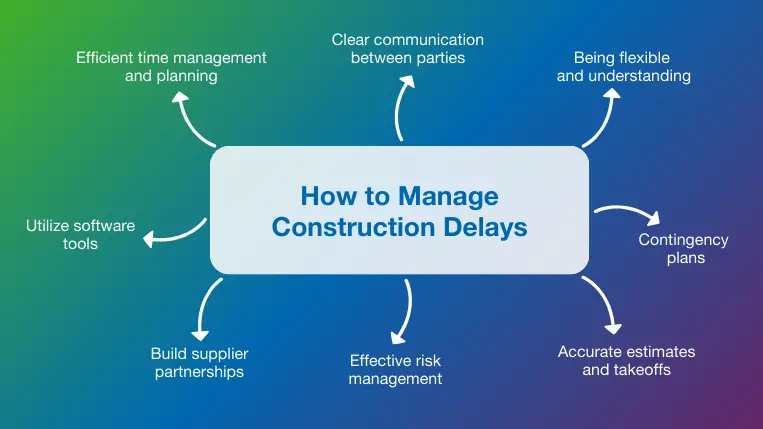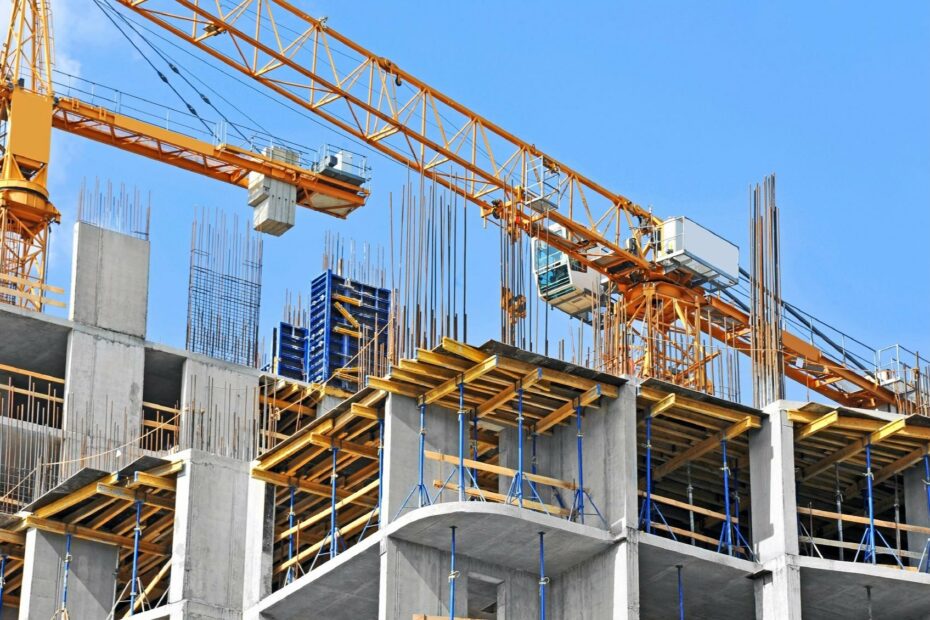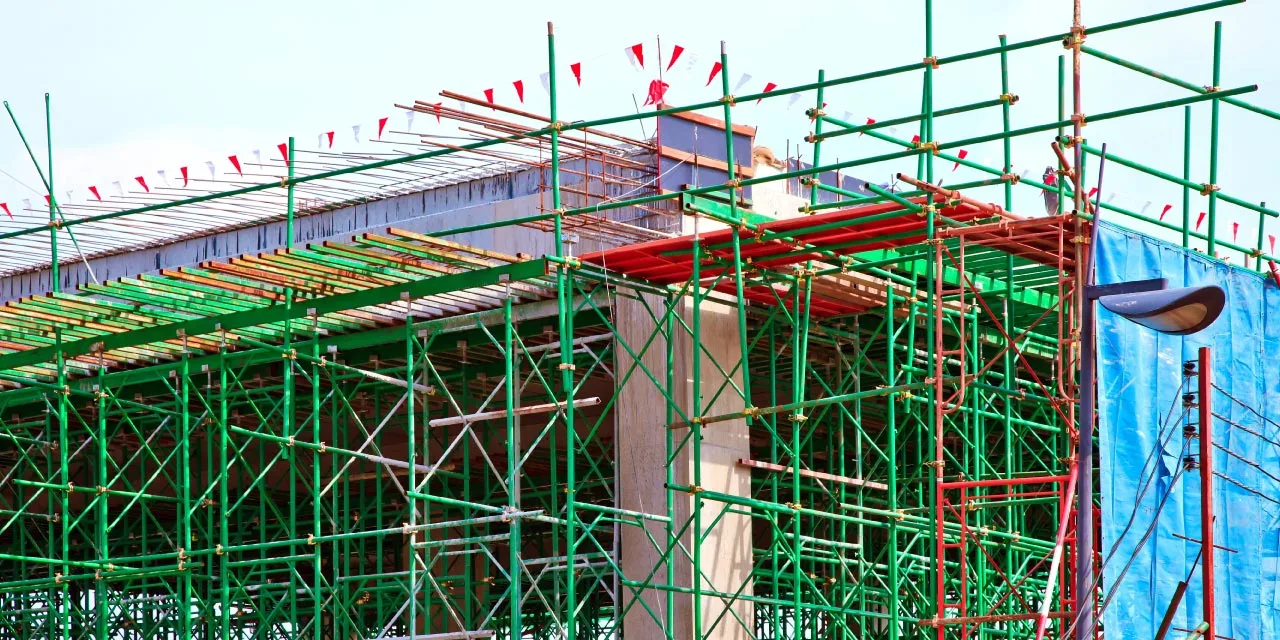Why Construction Project Delays Happen and How Engineers Can Avoid Them
One of the biggest problems the organization has is Construction Project Delays, which can damage schedules, budgets, and stakeholder trust. A project that is behind… Why Construction Project Delays Happen and How Engineers Can Avoid Them









